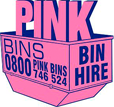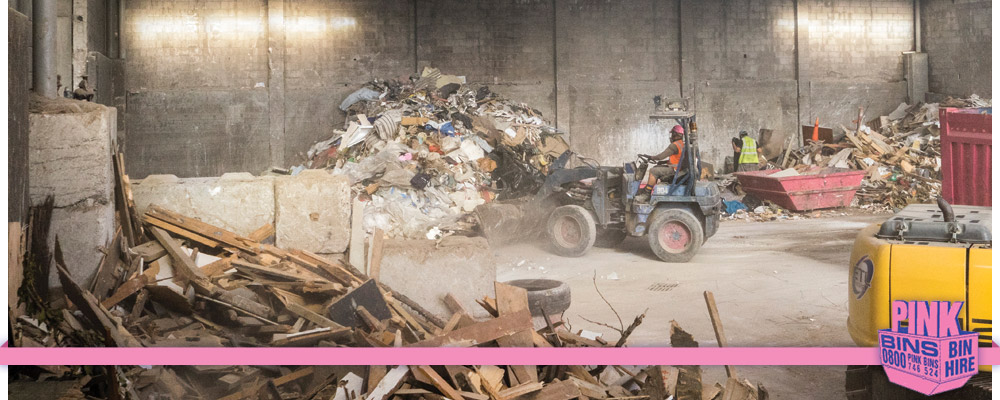Happy New Year, and welcome to first Pink Bins post for 2018. I hope you are enjoying the record-high temperatures. The heat can be a little oppressive at times, but less rain does allow you to do stuff, like catching up on home improvements. The thing is, though, knocking things down and then putting them back up does tend to create a mess, which is why you may need bin hire from Pink Bins.
What are you throwing out?
The waste that bin-hire companies take falls into two categories: general and hardfill. It’s important to tell them what you will be putting in the bin because this will determine how much you pay and what the limitations will be.
Type of bin hire
Once you know what you’ll be throwing out, there are three bin-hire options:
- General: This is for materials you’ll find around the house, like wood, furniture, Gib board, plastic and green waste. You can put some, what’s known as, hardfill in your bin, but no more than a two or three wheelbarrows because General Waste bins have a weight limit—a 3.5 m³ bin has a limit of 400 kg, for example.
- Hardfill: This is bricks, tiles, concrete and soil, etc. DO NOT put general waste into a hardfill bin; this will incur overweight charges, which will make your eyes water! So long as you don’t contaminate hardfill with general waste, there is no weight limit.
- Hardfill & General Waste: What do you do if you have both hardfill and general waste? Well, you could hire two separate bins; however, in many cases, it’s probably best to hire a Hardfill and General Waste bin, which will take both kinds of waste. You will pay a larger fee, but it is convenient, and there is no weight limit.
Things to watch out for
Regardless of the type of bin you hire, be mindful of the following:
- Overfilling: This is a safety issue; bins with material sticking out over the sides are dangerous.
- Hazardous materials: NEVER put materials such as asbestos, medical waste and chemicals into your bin. Doing so could harm the driver and the people who sort your waste at the depot. Also, though not dangerous, don’t throw in tyres. For more information, check out this information sheet.
- Bin placement: When a driver drops a bin off at your property, he/she will place it in a position that can be safely retrieved later. Don’t move it. Doing so can lead to chewed up lawns and broken fences, which nobody wants. To ensure your bin ends up in a convenient place, give your provider drop-off instructions.
Did you enjoy this post? If so, please share.

